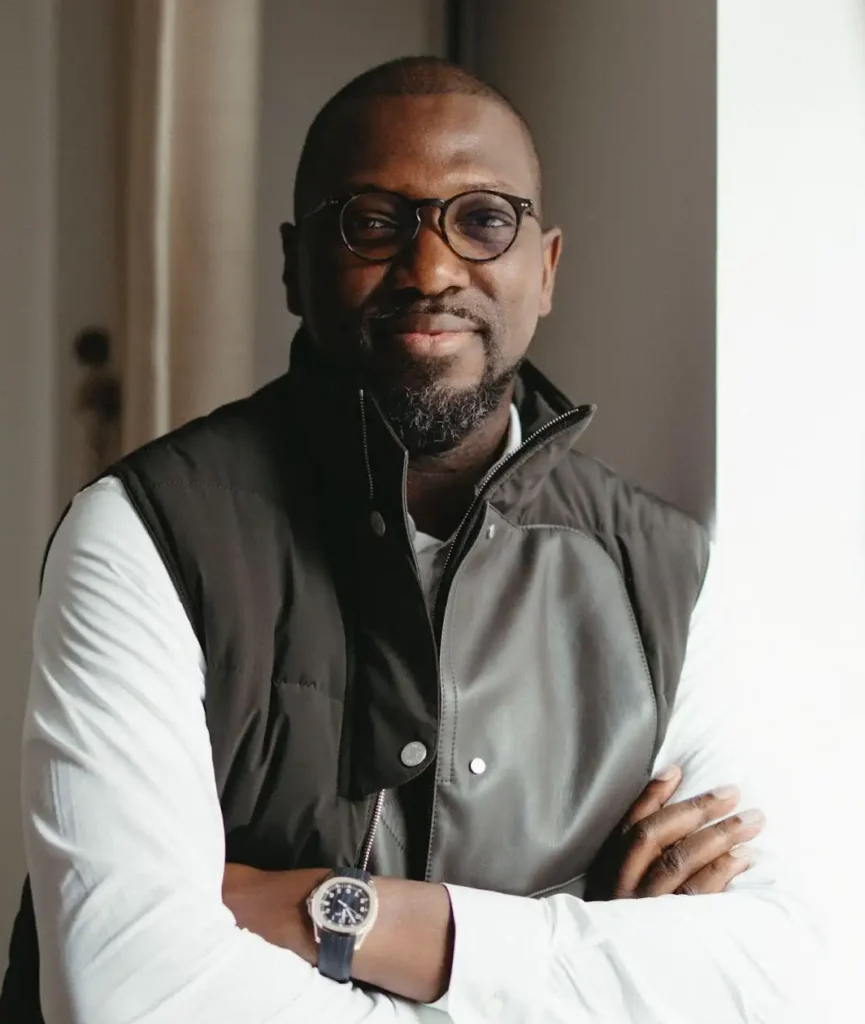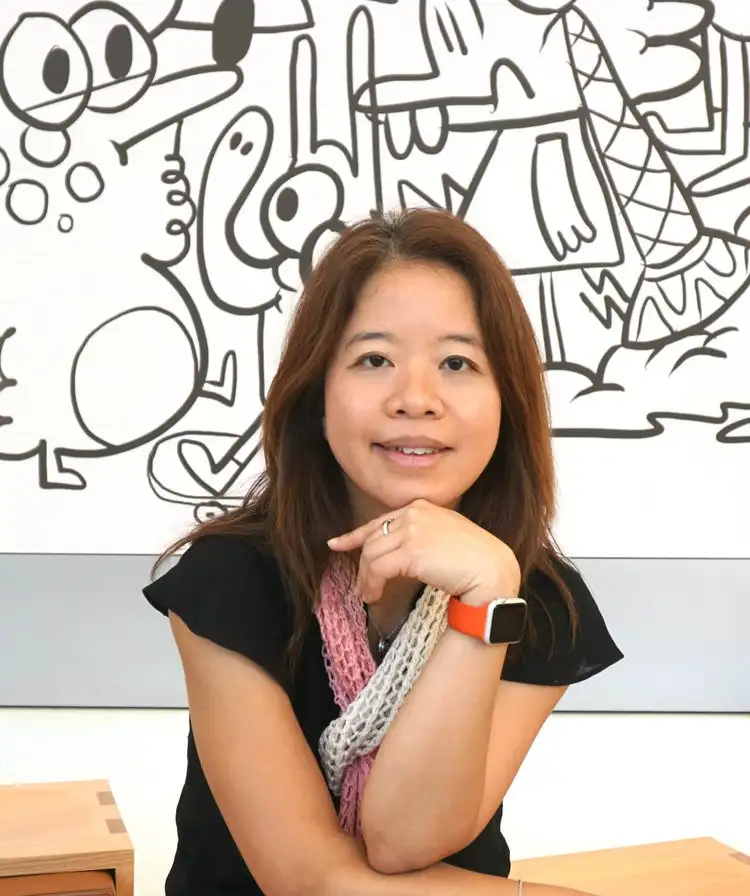Guillaume Pousaz Founder and CEO of Checkout.com
Guillaume Pousaz Founder and CEO of Checkout.com Guillaume Pousaz is the Swiss-born founder and CEO of Checkout.com, the global payments infrastructure company launched in 2012. Pousaz has built Checkout.com into a fintech powerhouse, facilitating online transactions for major global companies such as Alibaba, Wise, Ikea, and Remitly, with revenue growth of 45% year-on-year and full-year profitability targeted for 2025. A self-made billionaire with an estimated net worth in the billions, Pousaz is notable for funding Checkout.com heavily internally until its first external raise in 2019. Since then, he has led the company through multiple rounds of investment while expanding the business globally. Cutting-edge in innovation, Checkout.com is expanding into direct acquiring in new geographies like Canada and Brazil in 2025, moving from being a pure processor to owning deeper market infrastructure. Pousaz also leads with philanthropy through Pousaz Philanthropies, focusing on child safety and education, demonstrating how fintech leadership can extend into social impact. Under his leadership, Checkout.com is reshaping how merchant services operate, offering unified platforms that incorporate analytics, fraud detection, cross-border payments, and local acquiring. Pousaz’s influence is felt not only through company performance but also in investor circles, where Checkout.com’s growth trajectory is a benchmark among fintech scale-ups.









